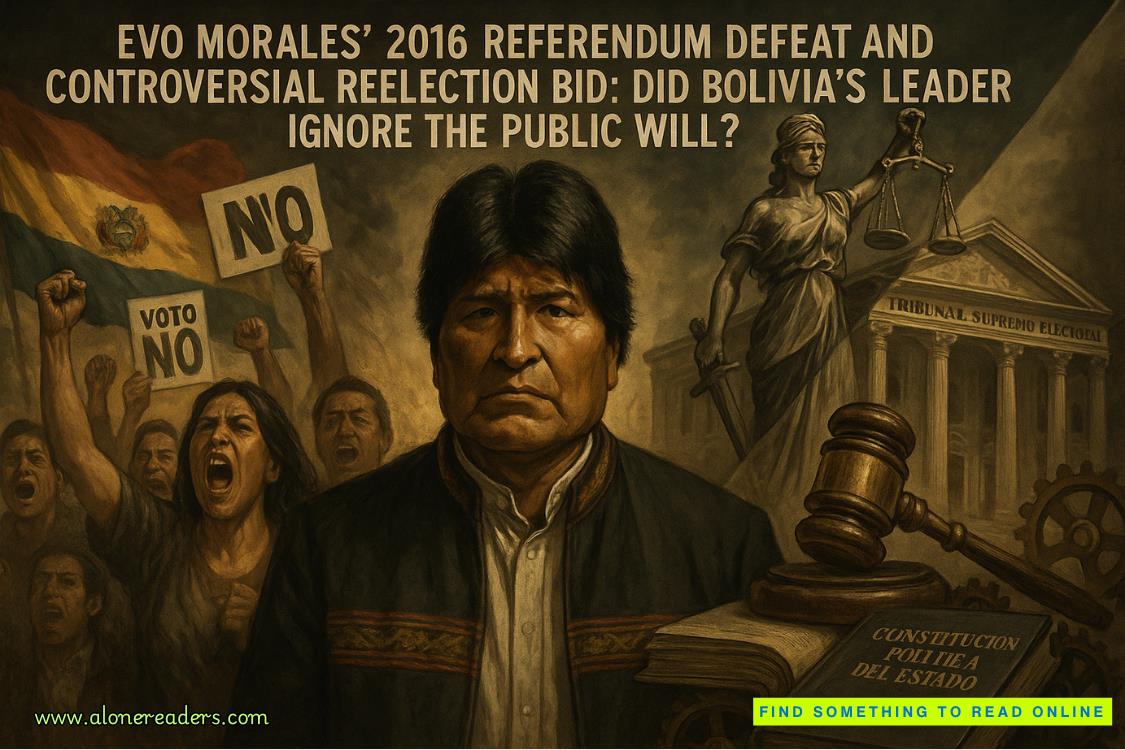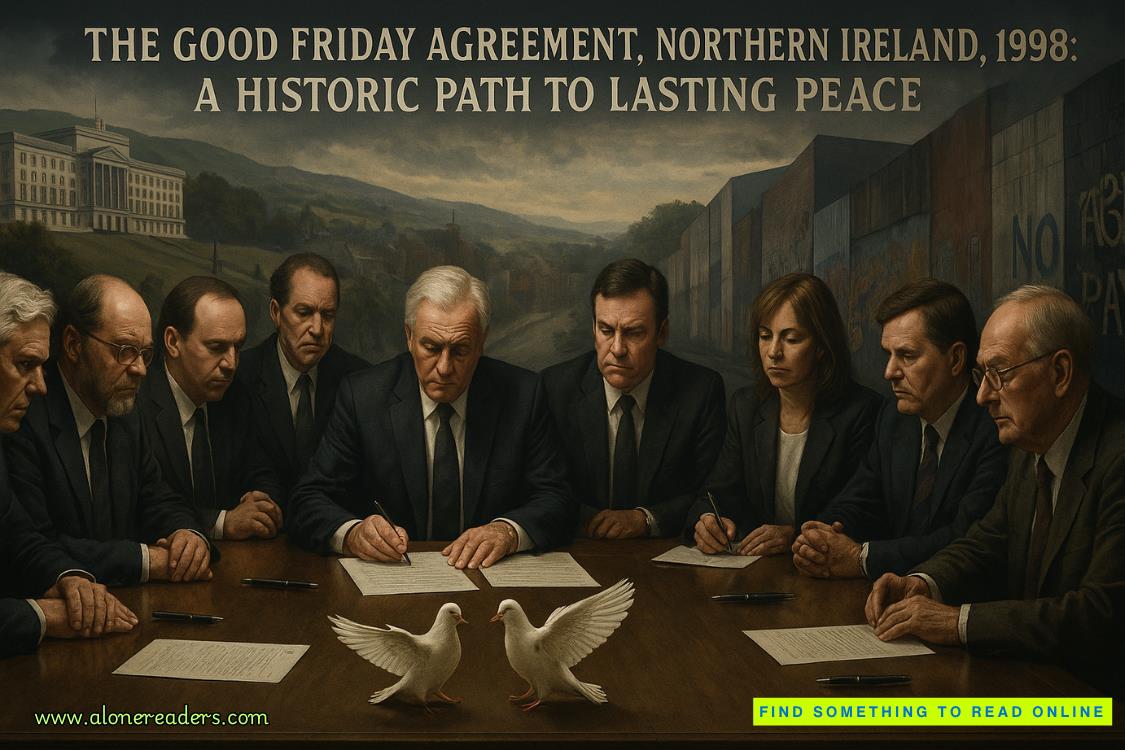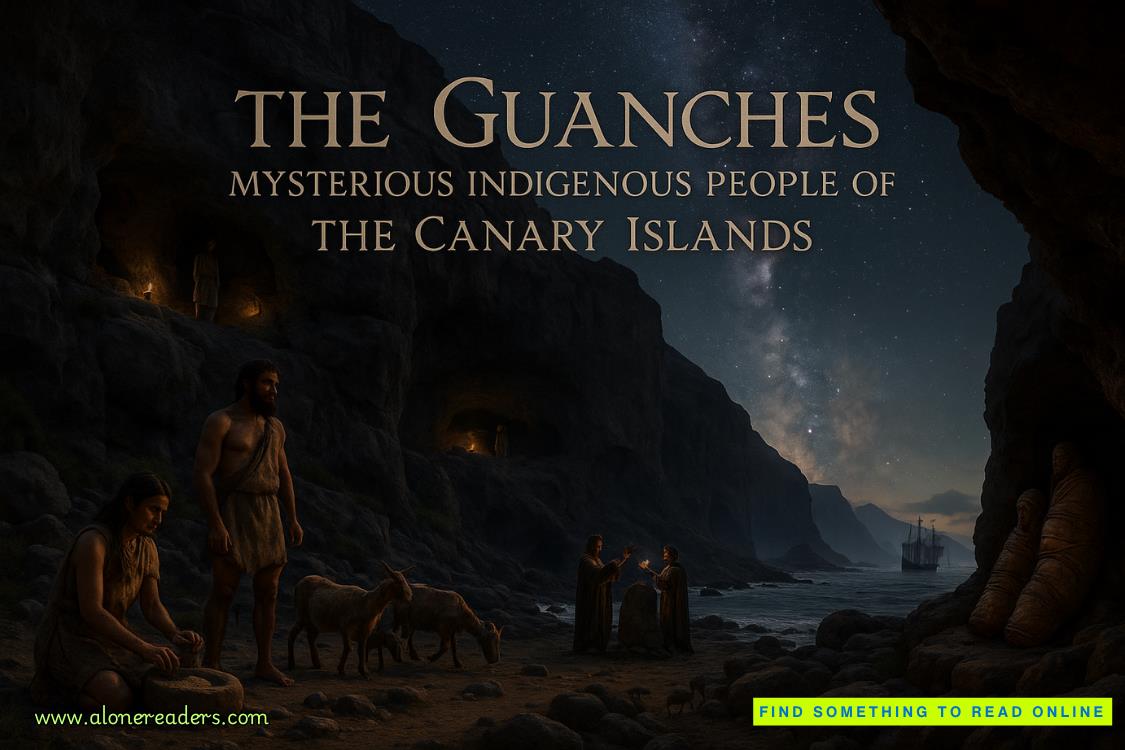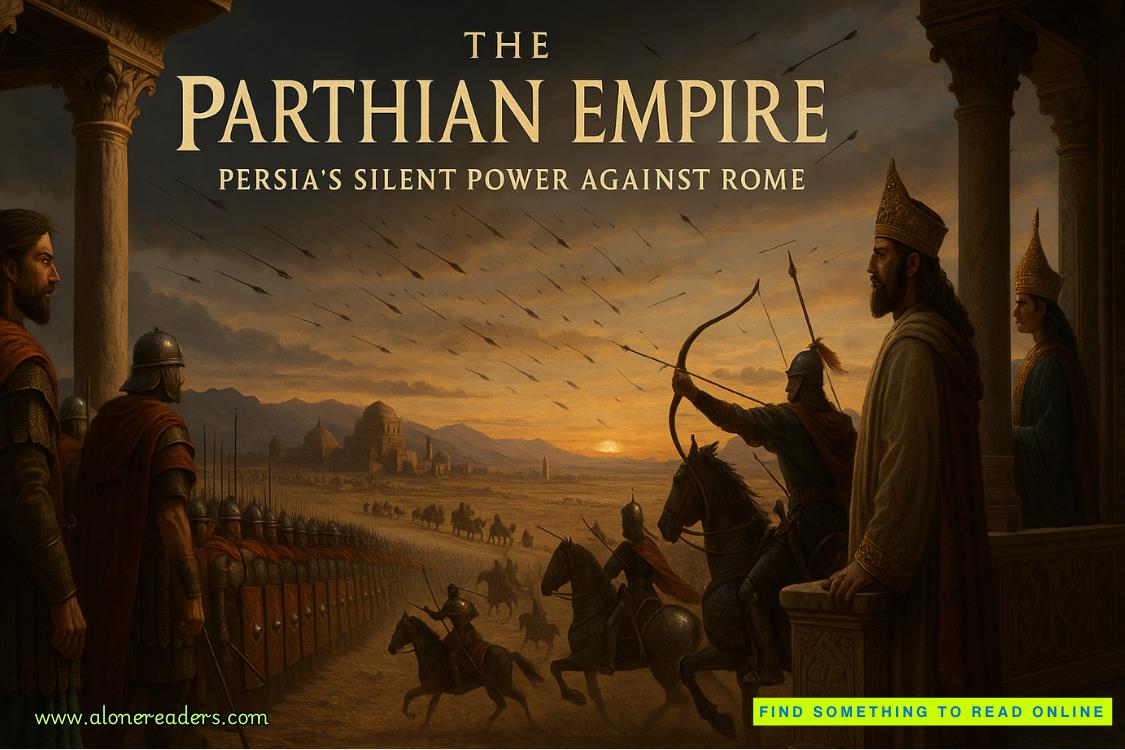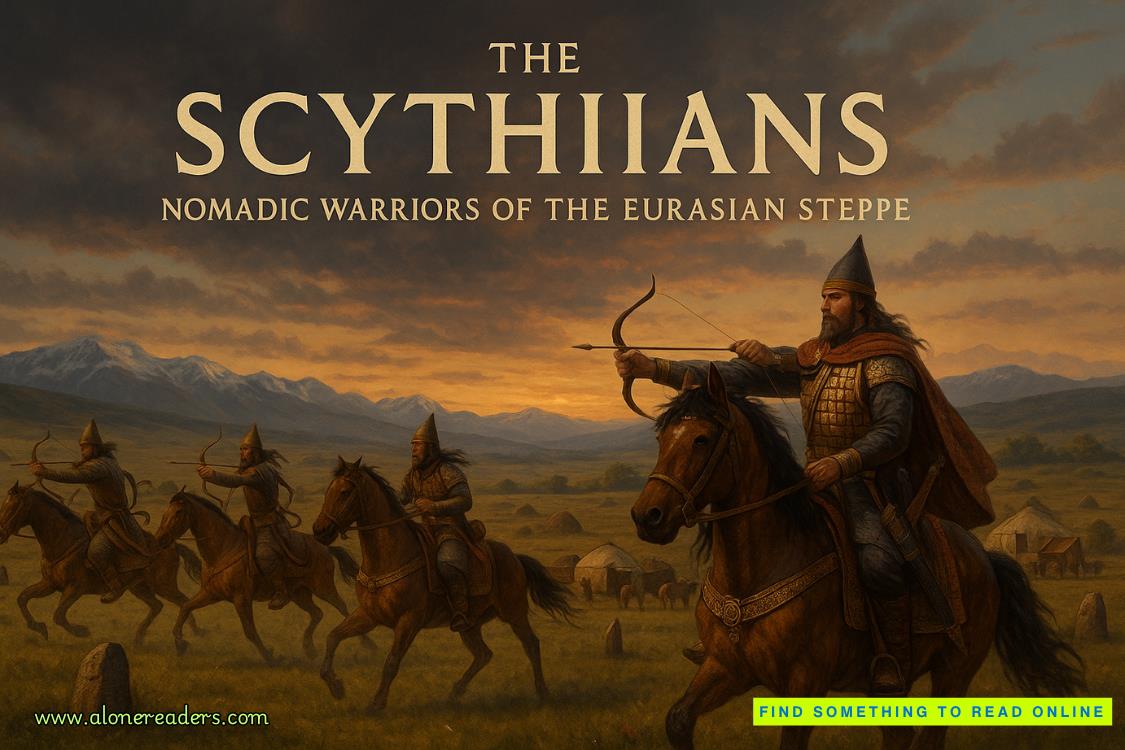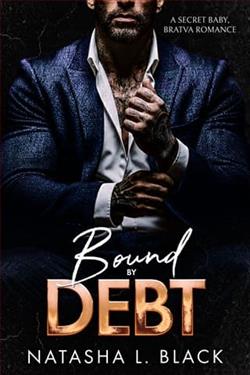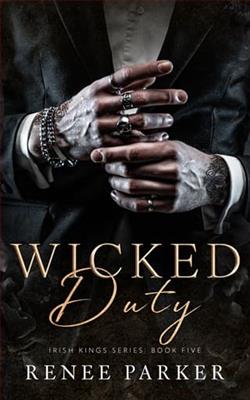Page 18 of King Of Order
Olivio inherited the family enterprise, collaborating in secret with international drug traffickers and significant criminal figures as part of a shadowy syndicate clan.
Even as a woman, often an invisible ghost in the mafia world, my life has always been spent living on the edge of terror - caught in a coercive, inconsistent, and contradictory relationship with my father and brothers.
My mother went through shit, too, before she passed away.
When Olivio put one of his companies under her name to hide its illegal profits, she was forced on the run, caught by the police, and served time in prison. While my father, who’d facilitated the crimes, walked free.
She died of a broken heart in jail, unable to reconcile herself with my father’s cruelty and his involvement in narcotics trafficking and other criminal activities.
The loss hit me hard, and for months, I existed on a drug-fueled binge, trying to ward off the excruciating pain, fear, and suffering of grief.
When I was about to OD, I’d forced myself into rehab and cleaned up.
In recent months, my father’s health declined.
My brothers, Claudio and Aldo, became more involved in the business, running extortion, drug, and counterfeit goods operations.
They had become savvy about social media and the potential for new commerce opportunities such as online fraud.
I suspected they’d fallen in with even more ruthless cartels, some the foulest of them all. The man who’d visited and the strange cars following me was proof that my life and gallery were on the line.
With my heart beating hard, I upped my search for a security service to watch my back.
Chapter 5
CHIARA
Caravaggio’s Nativity disappeared from the church of San Lorenzo in Palermo in 1969, in one of the most notorious art heists in history.
Taken by members of the Cosa Nostra, the Sicilian mafia, during a period when Italy was cracking down on organized crime, its disappearance sent shockwaves through the art world.
The theft became so significant that it led to the creation of the world’s first art police unit—the ItalianCarabinieriDivision for the Protection of Cultural Heritage.
Yet, despite their efforts, the painting never resurfaced.
That heist served as a quiet reminder to me—a warning of how vulnerable artworks could be, even under the most careful watch.
This reality was never more accurate in the current knife-edge atmosphere of Naples.
Where ‘mafiosità,’ the unscrupulous behavior of mobsters, ran wild and was celebrated. Also, the growing use of art theft and fraud to cover up mob crimes was on the rise.
My brothers had seen it fit to use my industry connections to make the most illegal art trade.
Now, as I searched, desperate for some way to protect myself, the gallery, and the works I’d poured my soul into, that cautionary tale came rushing back to me. As did the all-too-familiar grip of fear tightening in my stomach.
Two hours after my search commenced, I sat at my desk, phone in hand, my contacts list dwindling with every call.
Each time, the same pattern.
The receptionist would put me through to some manager, and a calm voice would greet me, polite and professional, asking how they could help.
I’d explain—in careful, clear sentences—what I needed.
A firm to provide protection.
Discreet, trustworthy.
The request was not unusual, not for someone in my position.


